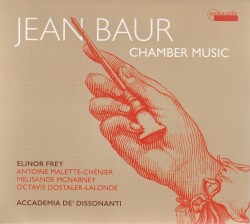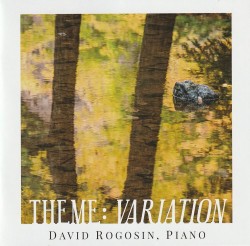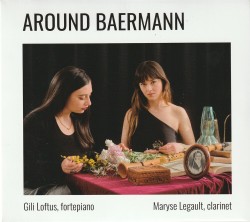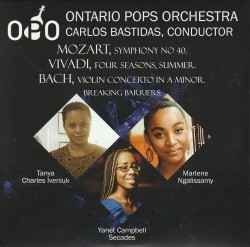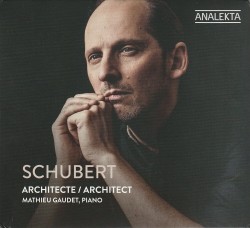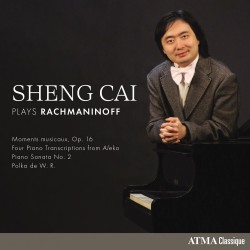Calcutta 1789: À la croisée de l’Europe et de l’Inde - Notturna; Christopher Palameta
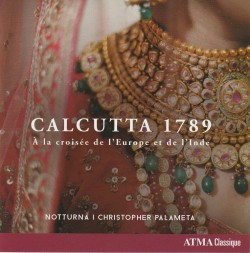 Calcutta 1789 – À la croisée de l’Europe et de l’Inde
Calcutta 1789 – À la croisée de l’Europe et de l’Inde
Notturna; Christopher Palameta
ATMA ACD2 2831 (atmaclassique.com/en)
If colonialism is the conquest and control of other people’s land and goods, music articulates the disparities it creates between races, classes and individuals. As current scholars, curators and musicians are working to decolonize Western art music’s academies and organizations, this revisiting of 18th-century works inspired by music from India, or performed there, is most timely and welcome.
“Hindustani airs” were popular with British residents of Calcutta in the late 18th century, resulting in transcriptions for harpsichord. At the same time, Indian nobles such as King Serfoji II of Thanjavur appreciated European classical music. For this reason, both repertoires are represented here, beautifully recorded in a reverberant space that might evoke an English hall or the Indian king’s palace.
Transcriptions could not take into account the tuning, modes, timbres and style of Indian musical practices, and the airs were adjusted for Western tastes and instruments. Given this, Christopher Palameta and Notturna show sensitivity and great musicality in their performance of the pieces that at the time, celebrated the “exoticism” of borrowed melodies: Sakia, a Rekhta (Mera peara ab ia re), and a Terana (Dandera vakee). But by beginning the album with a captivating cut featuring sitar and tabla, Palameta and Notturna place the non-European music in the foreground and thus effect what Palameta calls an “interplay and aesthetic appreciation of two equally sophisticated musical traditions.”


